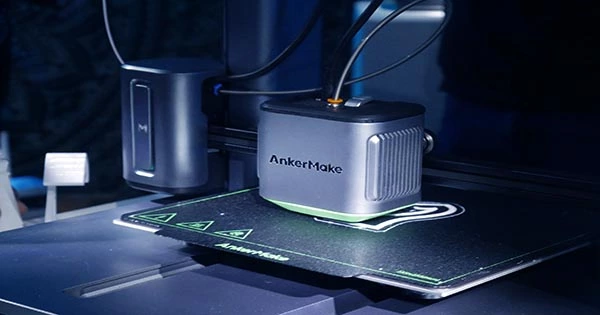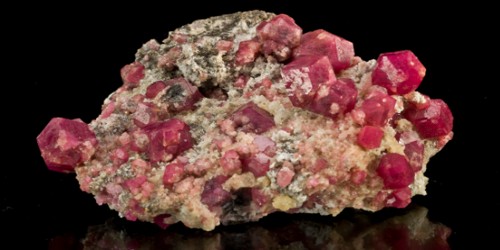An electrochromic device (ECD) regulates optical properties such as optical transmission, absorption, reflectance, and/or emittance in a continuous but reversible manner when a voltage is applied (electrochromism). It is a technology that can vary its optical properties, most notably its color and transparency, in response to an applied electrical voltage. These devices are designed to manage the passage of light and heat, making them helpful in a variety of applications such as smart windows, sunglasses, rearview mirrors, and others.
This property enables an ECD to be used for applications like smart glass, electrochromic mirrors, and electrochromic display devices. It offer several advantages, such as energy efficiency, glare reduction, and privacy control. Here’s how they work:
- Materials: It is made up of two major parts: electrochromic materials and ion-conductive materials. The color shift is caused by the electrochromic material, while the ion-conductive material permits ions to travel within the device.
- Layers: An electrochromic device often has many layers. A transparent conductor, electrochromic material, ion-conductive electrolyte, and a counter-electrode can be included in these layers.
- Electrochemical Reaction: When a voltage is applied across the device, ions from the ion-conductive electrolyte move into the electrochromic material, creating an electrochemical process that is reversible. This process changes the electrochromic material’s absorption and reflection of light, resulting in a change in color or transparency.
- Color Change: The color change is the result of the movement of electrons and ions in response to the electrical voltage. The specific color change depends on the type of electrochromic material used. Common electrochromic materials include tungsten oxide (blue), polyaniline (green), and viologens (various colors).
- Reversibility: One of the key advantages of electrochromic devices is their reversibility. When the voltage is removed or reversed, the electrochromic material returns to its original state. This property allows precise control over the device’s appearance.
Applications of electrochromic devices include:
- Smart Windows: Electrochromic windows can adjust their tint to control the amount of light and heat entering a building, improving energy efficiency and occupant comfort.
- Smart Glass: Electrochromic glass is used in the automotive industry for rearview mirrors and sunroofs that can change their tint to reduce glare. It is also employed in partition walls and glass doors in architecture.
- Eyewear: Electrochromic sunglasses and prescription eyeglasses can adjust to changing light conditions automatically, eliminating the need for multiple pairs of glasses.
- Displays: E-readers, electronic shelf labels, and other low-power, reflective display applications can all benefit from electrochromic displays.
- Privacy Glass: To offer on-demand seclusion, electrochromic glass can be utilized in toilets and conference rooms.
Overall, electrochromic devices are a versatile technology that allows for electrical control of optical qualities, making them a vital tool in a variety of industries for improving comfort, energy efficiency, and functionality.
















